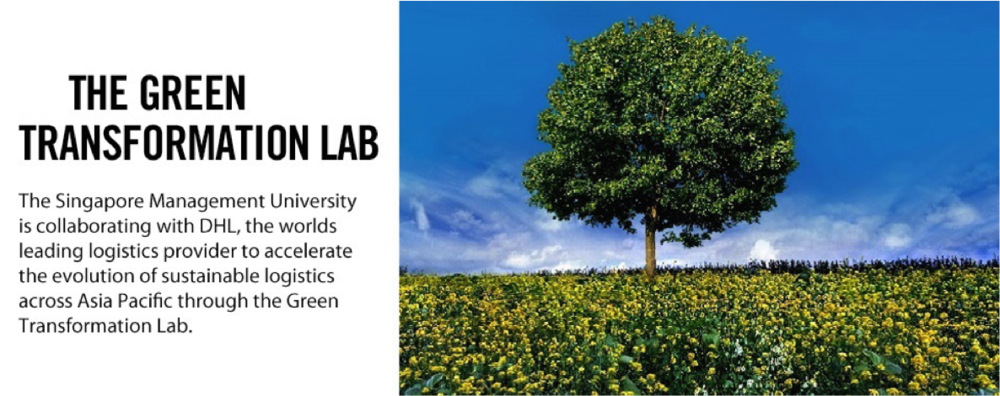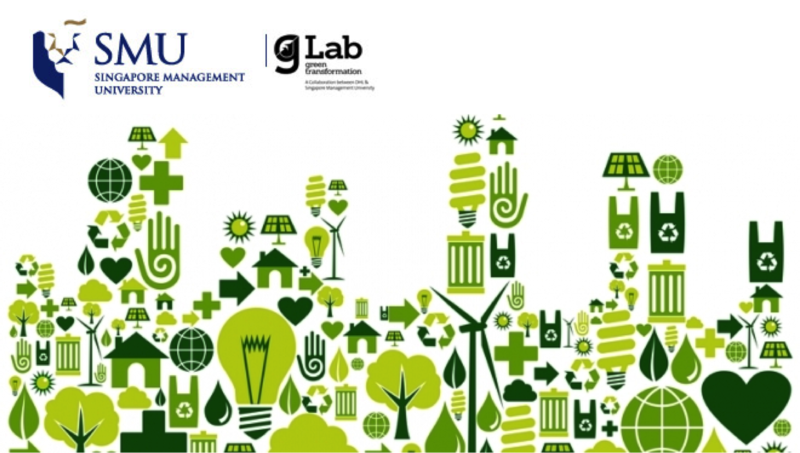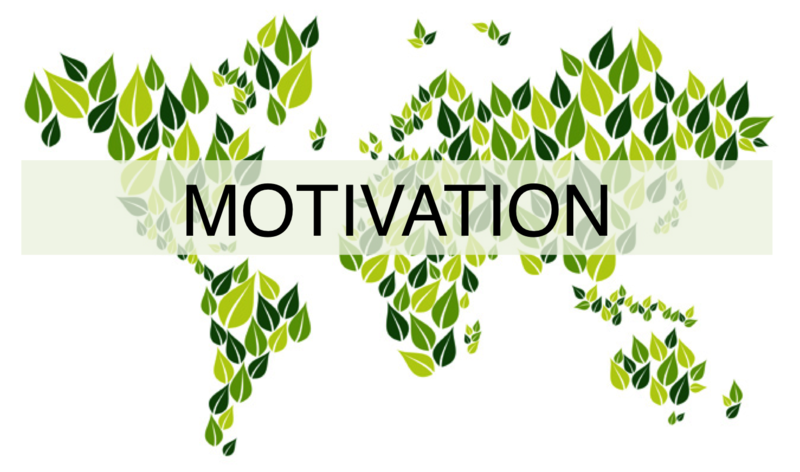Difference between revisions of "ANLY482 Sustainability Jobs Project Overview"
| Line 43: | Line 43: | ||
##From the crawled real-time tweets from Twitter, explore the relationship between highly related topics and impact generated by posts that are labeled with the hash tag “#sustainability”. | ##From the crawled real-time tweets from Twitter, explore the relationship between highly related topics and impact generated by posts that are labeled with the hash tag “#sustainability”. | ||
| − | + | *Which topics has the highest frequency of being mentioned with “#sustainability”? | |
| − | + | *Define the type and genre of users posting tweets related to sustainability (based on level of popularity and influence of the users) | |
| − | + | *Are companies generating tweets related to sustainability? Differentiate the topics driven by social networks and commercial companies. | |
| − | + | *Are sustainability hash tags posted by users highly related to each other? Are these tweets relationship-directed or non-directed? Are there any cascade effects on the sustainability tweets? | |
| − | + | ##To determine the correlation relationship between real-time tweets and job information related to sustainability and environment. | |
| − | + | *What are the impacts of this relationship? | |
| − | + | *Are there more jobs created in the respective categories due to this correlation | |
| − | + | ##Based on the crawled data on sustainability jobs, is there an association of policies (e.g. country policies, governmental policies) to sustainability jobs? | |
| − | + | *What are the effects on the creation of sustainability jobs due to government policies such as sustainable development and resource efficiency? | |
| − | + | *Are nations’ environmental watchdogs contributing to the spike in sustainability jobs in the recent years? | |
| − | + | ##To find out whether other environmental and socio-economic indicators have a form of impact sustainability jobs based on locations such as Europe, Asia and America. | |
| − | + | *Identify the effects of various macro-economic metrics and UN environmental indicators to determine whether there is an existing trend with sustainability jobs in the various regions. | |
</div> | </div> | ||
Revision as of 02:37, 23 January 2015
| Findings & Insights |
Project Background
In the society today, the pace of globalization is undeniable. With remarkable increase in transportation, communication and technology, it has made the world more interdependent than ever. However, as companies reap in the success of globalization, Mother Earth sacrifices.
Resource depletion and severe environmental issues has not only motivated the increasing interest towards renewable resources but also, sustainability policies. The limelight on sustainability development has proved to be a valuable area for development reaping huge benefits. Businesses are now moving to take an active role in developing practices promoting sustainability with initiatives such as sustainable logistics.
The Green Transformation Lab (GTL) is a joint initiative by SMU and DHL aimed at accelerating the evolution of sustainable logistics across Asia Pacific. Leveraging SMU’s multi-faculty academic excellence and DHL’s sustainability services, expertise and capability in supply chains, the Green Transformation Lab focuses on creating solutions that help companies transform their supply chains, becoming greener, more resource efficient and sustainable.
We will be embarking on gaining further insights on GTL’s sustainability heat map project, which is a group of heat maps with global profiling of areas and trends on sustainability related jobs as well as sustainability related topics on Twitter.
Due to the increasing gap between companies’ sustainability initiatives and the workforce involvement, more efforts are placed in integrating sustainability concepts into business models and jobs so as to create a greater impact on the environment.
Through this project, we are interested to understand the elements powering the creation of sustainability jobs, be it government policies, workforce preference or the pervasive impact of social media.
Project Objectives
The main objective of our project is to analyze crawled real-time tweets as well as job information related to sustainability and environment at a deeper level so as to gain more insights, relationships and trends. We will also be exploring various environmental and socio-economic indicators data justified by the United Nations (UN). Through multiple analytical methodologies, we hope to answer the below project objectives.
- From the crawled real-time tweets from Twitter, explore the relationship between highly related topics and impact generated by posts that are labeled with the hash tag “#sustainability”.
- Which topics has the highest frequency of being mentioned with “#sustainability”?
- Define the type and genre of users posting tweets related to sustainability (based on level of popularity and influence of the users)
- Are companies generating tweets related to sustainability? Differentiate the topics driven by social networks and commercial companies.
- Are sustainability hash tags posted by users highly related to each other? Are these tweets relationship-directed or non-directed? Are there any cascade effects on the sustainability tweets?
- To determine the correlation relationship between real-time tweets and job information related to sustainability and environment.
- What are the impacts of this relationship?
- Are there more jobs created in the respective categories due to this correlation
- Based on the crawled data on sustainability jobs, is there an association of policies (e.g. country policies, governmental policies) to sustainability jobs?
- What are the effects on the creation of sustainability jobs due to government policies such as sustainable development and resource efficiency?
- Are nations’ environmental watchdogs contributing to the spike in sustainability jobs in the recent years?
- To find out whether other environmental and socio-economic indicators have a form of impact sustainability jobs based on locations such as Europe, Asia and America.
- Identify the effects of various macro-economic metrics and UN environmental indicators to determine whether there is an existing trend with sustainability jobs in the various regions.


